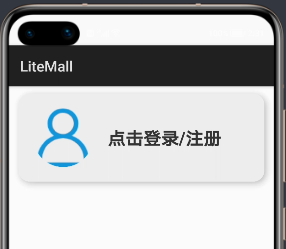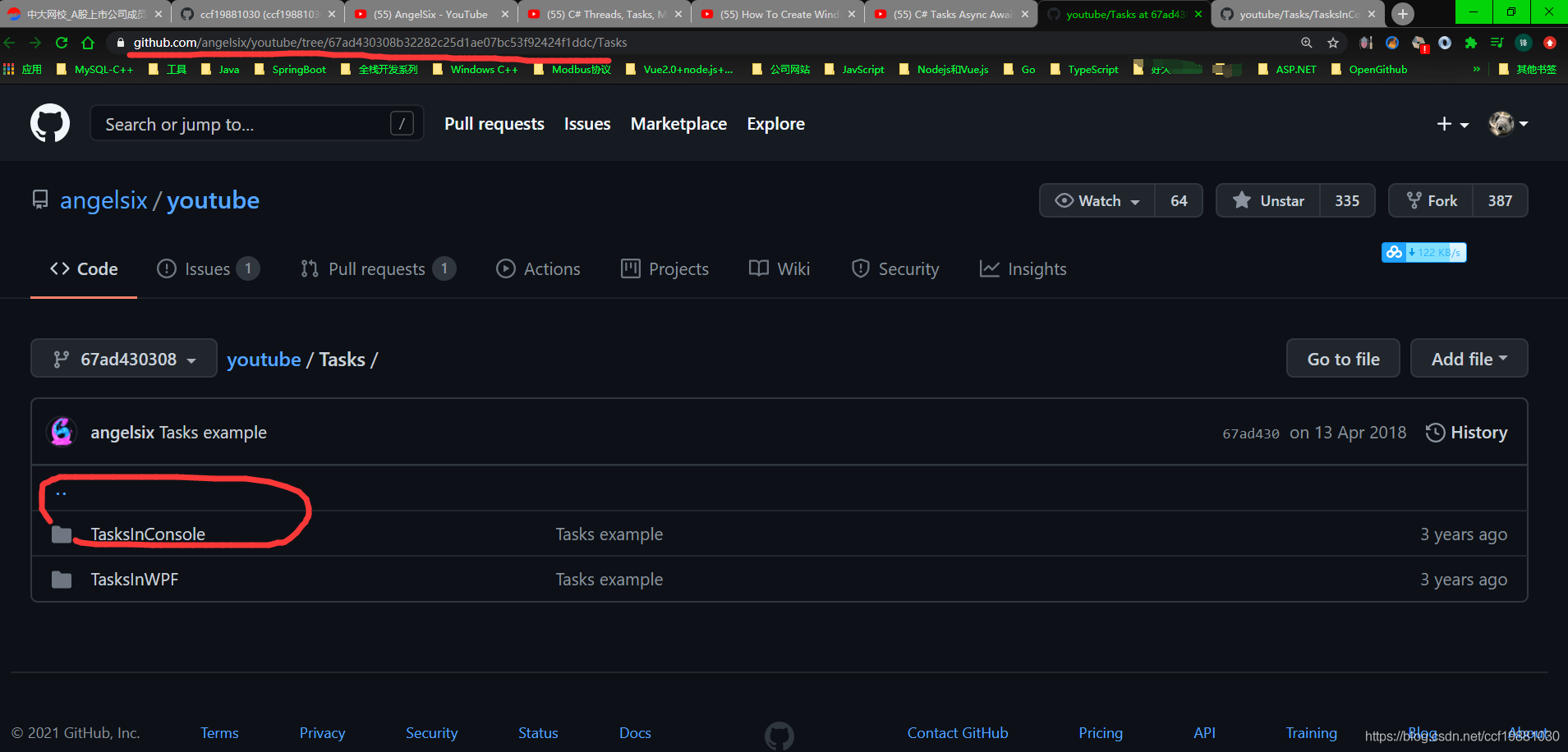FlipView control is not available in Windows Phone 8 SDK, what are the alternate approach for implementing similar functionality?
问题:
回答1:
There are a few options here. If you only want to display a fixed number of "pages", you can use the Panorama app. If you have a lot of pages to display, you'll want to use the pivot control.
If you absolutely have to re-implement the FlipView, you can do this by putting "left" and "right" buttons in the application bar. You'll need to build your own content area with a custom control. If you're going for a "cool" gesture-based navigation, you'll want to get the toolkit.
回答2:
Here is the customized FlipView control for WP8 like WINRT FlipView Control...
Step 1 : Add a new Usercontrol and name it as "FlipView.xaml"
Step 2 : Add following xaml in "FlipView.xaml"
<Grid x:Name="LayoutRoot" Background="{StaticResource PhoneChromeBrush}">
<ContentPresenter Name="contentPresenter"/>
<Button BorderThickness="0" Name="leftButton" FontSize="70" Margin="-25" HorizontalAlignment="Left" VerticalAlignment="Center" Content="<" Click="Button_Click"/>
<Button BorderThickness="0" Name="rightButton" FontSize="70" Margin="-25" HorizontalAlignment="Right" VerticalAlignment="Center" Content=">" Click="Button_Click_1"/>
</Grid>
Step 3 : Add the following code in the "FlipView.cs"
public partial class FlipView : UserControl
{
public FlipView()
{
InitializeComponent();
Datasource = new List<object>();
SelectedIndex = 0;
}
private IList Datasource;
public static readonly DependencyProperty ItemTemplateProperty =
DependencyProperty.Register("ItemTemplate", typeof(DataTemplate), typeof(FlipView), new PropertyMetadata(default(DataTemplate)));
public DataTemplate ItemTemplate
{
get { return (DataTemplate)GetValue(ItemTemplateProperty); }
set
{
SetValue(ItemTemplateProperty, value);
contentPresenter.ContentTemplate = value;
contentPresenter.Content = SelectedItem;
}
}
public static readonly DependencyProperty ItemsSourceProperty =
DependencyProperty.Register("ItemsSource", typeof(IList), typeof(FlipView), new PropertyMetadata(default(IList)));
public IList ItemsSource
{
get { return (IList)GetValue(ItemsSourceProperty); }
set
{
SetValue(ItemsSourceProperty, value);
Datasource = value;
SelectedIndex = SelectedIndex;
}
}
public static readonly DependencyProperty SelectedIndexProperty =
DependencyProperty.Register("SelectedIndex", typeof(int), typeof(FlipView), new PropertyMetadata(default(int)));
public int SelectedIndex
{
get { return (int)GetValue(SelectedIndexProperty); }
set
{
SetValue(SelectedIndexProperty, value);
rightButton.Visibility = leftButton.Visibility = Visibility.Visible;
if (SelectedIndex == 0)
{
leftButton.Visibility = Visibility.Collapsed;
}
if (SelectedIndex + 1 == Datasource.Count)
{
rightButton.Visibility = Visibility.Collapsed;
SelectedItem = Datasource[SelectedIndex];
}
if (Datasource.Count > SelectedIndex + 1)
{
SelectedItem = Datasource[SelectedIndex];
}
}
}
public static readonly DependencyProperty SelectedItemProperty =
DependencyProperty.Register("SelectedItem", typeof(object), typeof(FlipView), new PropertyMetadata(default(object)));
public object SelectedItem
{
get { return (object)GetValue(SelectedItemProperty); }
set
{
SetValue(SelectedItemProperty, value);
contentPresenter.Content = SelectedItem;
}
}
private void Button_Click(object sender, RoutedEventArgs e)
{
SelectedIndex--;
}
private void Button_Click_1(object sender, RoutedEventArgs e)
{
SelectedIndex++;
}
}
Step 4 : Now at the mainpage, add the namespace to use the flipview Usercontrol
Example: xmlns:FlipViewControl="clr-namespace:ImageFlip" (Note: It differs according to your Solution name).
Step 5 : Using the namespace, add the flipview control as follow as..
<Grid x:Name="LayoutRoot" Background="Transparent">
<FlipViewControl:FlipView Name="imgViewer">
<FlipViewControl:FlipView.ItemTemplate>
<DataTemplate>
<Image Source="{Binding}" Stretch="Fill"/>
</DataTemplate>
</FlipViewControl:FlipView.ItemTemplate>
</FlipViewControl:FlipView>
</Grid>
Step 6 : Add the following code in mainpage.cs
// Constructor
public MainPage()
{
InitializeComponent();
// Sample code to localize the ApplicationBar
//BuildLocalizedApplicationBar();
imgViewer.ItemsSource = new List<string> { "/Images/1.jpg", "/Images/2.jpg", "/Images/3.jpg" };
}
Hope this will help.
Thanks
回答3:
I've used the FlipView version from the Windows Phone Toolkit.
If you have the NuGet extension enabled, getting the Toolkit is very easy: right click your project in Solution Exporer -> Manage NuGet Packages -> make sure the Online is selected (in the left column) -> type in the Search field (right column) "toolkit" -> Click the Install button on the appropriate package.
Using the FlipView from code behind is as simple as:
Microsoft.Phone.Controls.FlipView flipView = new Microsoft.Phone.Controls.FlipView();
flipView.ItemSource = myItemSource;
flipView.ItemTemplate = myItemTemplate;
I preferred to use this approach because this FrameworkElement responds well to the swipe gesture.




